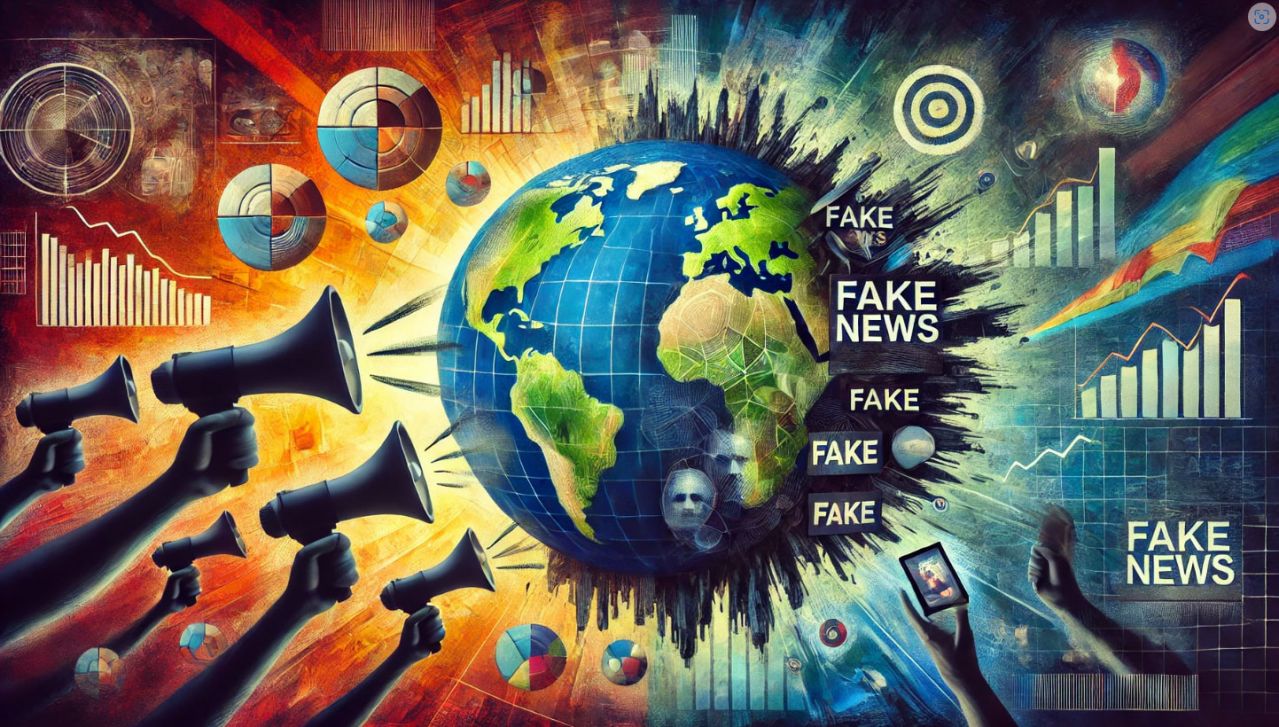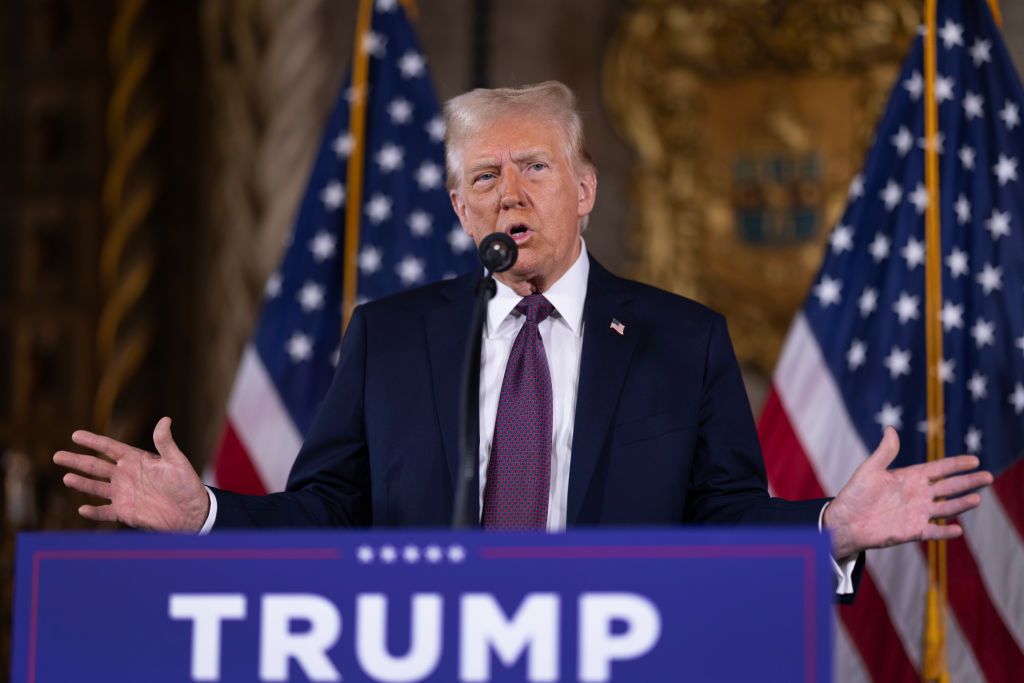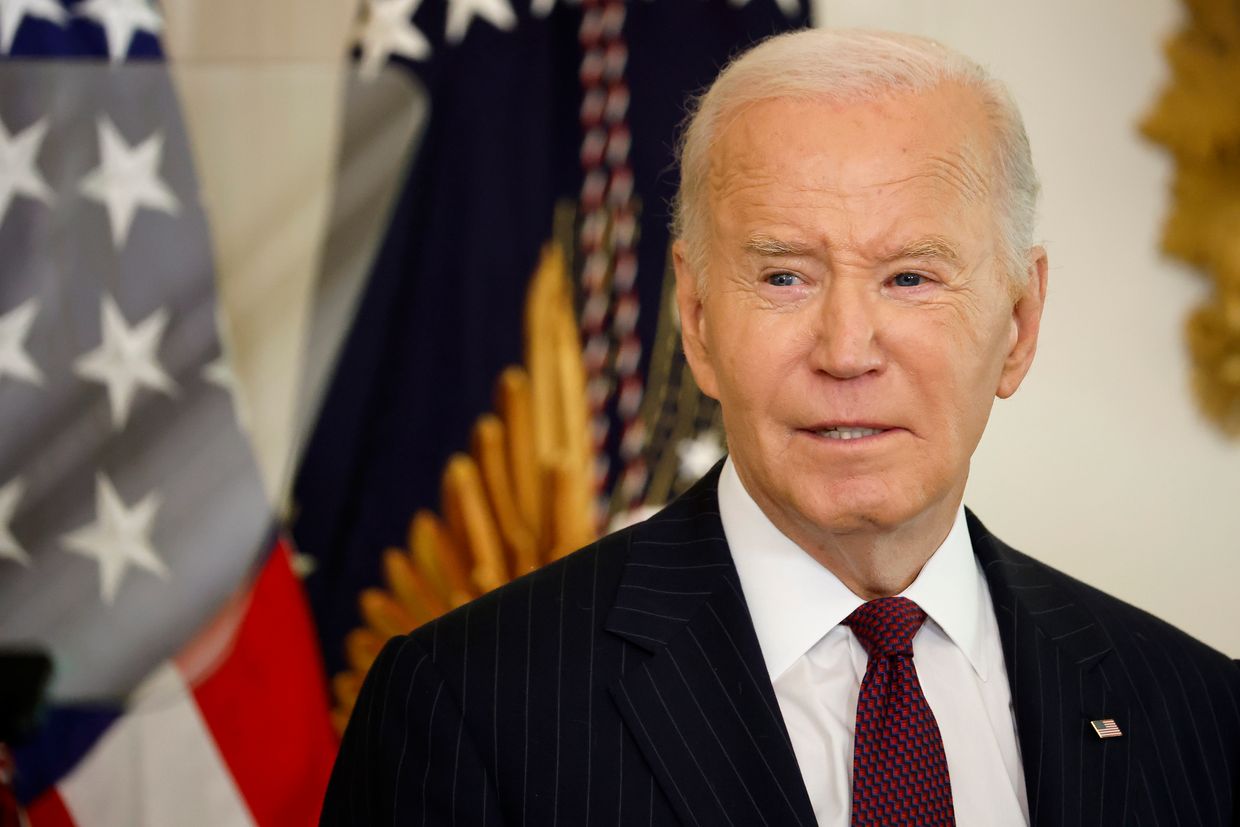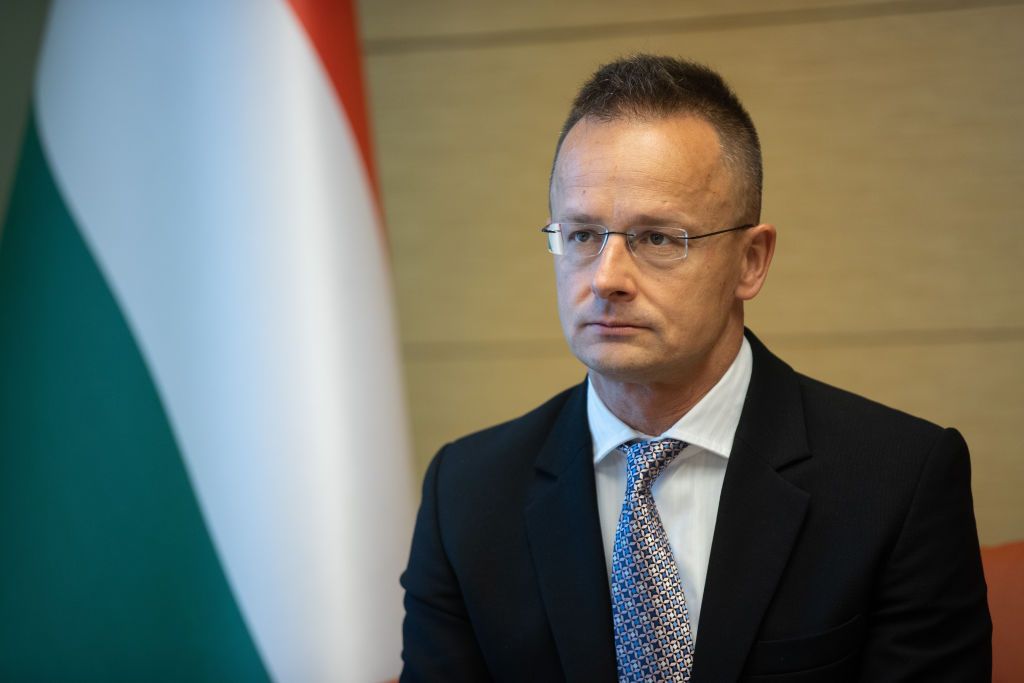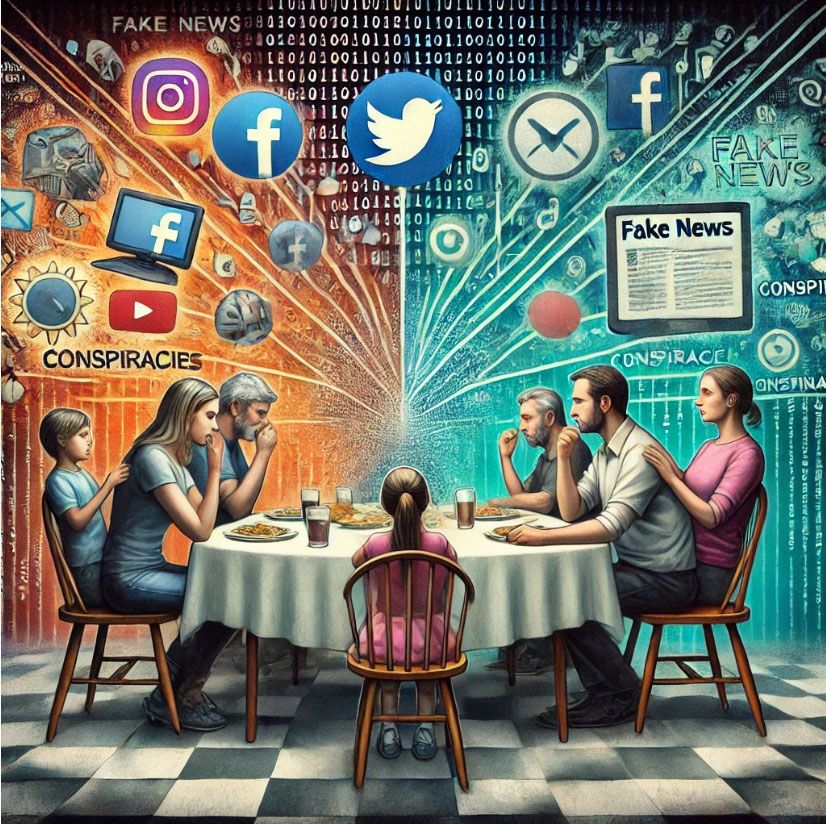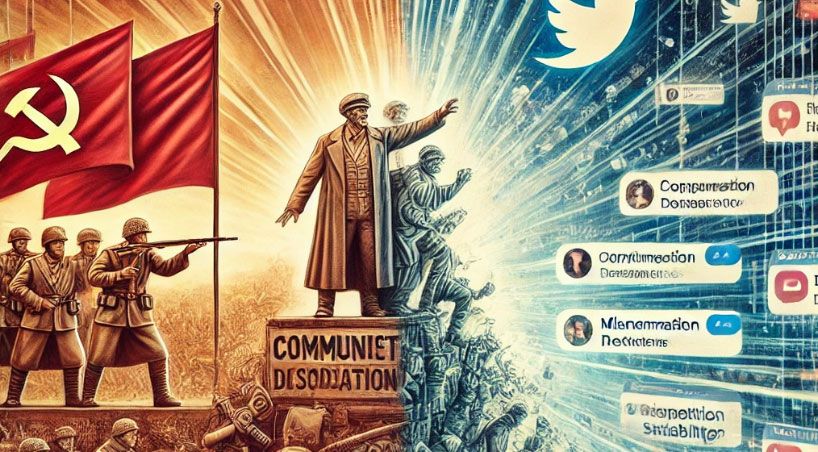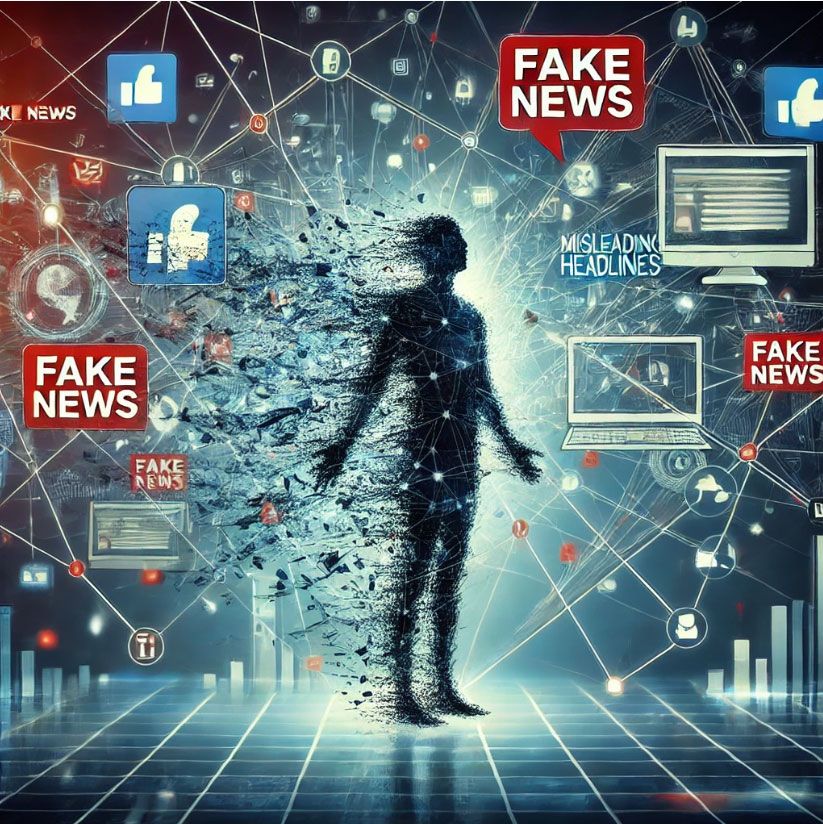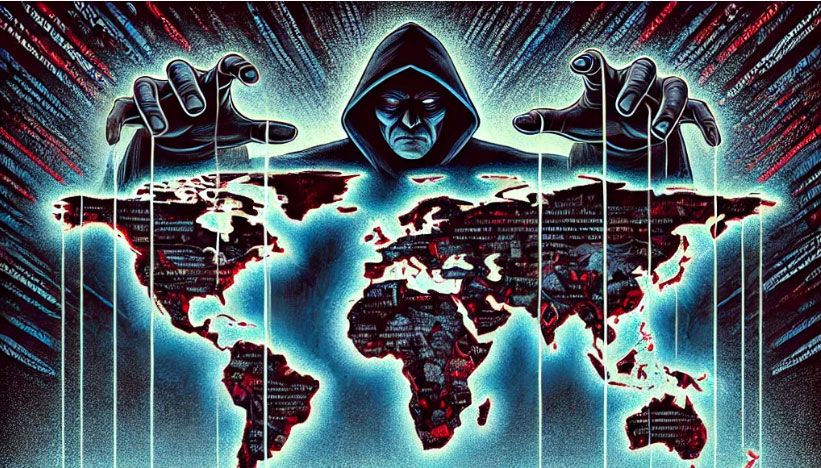A Historical Lens: The Power of Disinformation in Shaping Societies
Propaganda has long been a tool of control and manipulation. From Joseph Goebbels’ Nazi campaigns to the Soviet Union’s mass indoctrination efforts, disinformation has distorted reality and suppressed dissent.
Today, with tools like social media platforms amplifying these tactics, disinformation travels faster and reaches farther than ever before (Source: Encyclopedia Britannica).
Case Study: Russian Propaganda and the War in Ukraine
Russia’s use of propaganda to justify its invasion of Ukraine serves as a modern example of these tactics.
Domestically, state-controlled media paints the conflict as a patriotic duty, fostering unity through a lens of nationalism (Source: BBC News).
Internationally, pro-Russian narratives seek to weaken allied support for Ukraine by sowing division and spreading conflicting narratives (Source: EUvsDisinfo).
The catastrophic toll mirrors the societal damage inflicted by unchecked propaganda.
Contemporary Aberrations: Propaganda’s Role in Political and Legal Upheavals
The Return of Convicted Leaders
In the United States, the reelection of Donald Trump, even after legal convictions, reveals the entrenched power of disinformation in shaping public perception.
Persistent propaganda has framed investigations and convictions as politically motivated "witch hunts."
This narrative has galvanized Trump’s base, creating a barrier to accepting objective facts and deepening divisions within society. This phenomenon mirrors global trends where leaders maintain support despite legal or moral controversies, leveraging misinformation to erode institutional credibility and discredit critics.
The Case of Kamala Harris and Democratic Obstruction
Despite being the legal choice, Kamala Harris’s path to the presidency was derailed by disinformation campaigns questioning her legitimacy and stoking unfounded fears. These efforts capitalized on entrenched biases and misinformation, aligning with global strategies to undermine women and minority leaders.
This perpetuates power structures resistant to progress and underscores the dangerous influence of propaganda in reshaping political realities.
A Global Phenomenon: Propaganda Without Borders
Disinformation campaigns are no longer confined to national boundaries. Technology, particularly social media platforms, has enabled these campaigns to spread rapidly across borders, targeting audiences with tailored narratives designed to exploit local vulnerabilities and amplify global divisions.
They operate as a globalized force, exploiting shared vulnerabilities and interconnected systems.
From Brexit in the UK to Bolsonaro’s tenure in Brazil, similar patterns emerge:
- Exploiting Divisions: Propaganda amplifies social and political fractures, creating polarized electorates. For example, during Brexit, disinformation campaigns fueled divisions by spreading false claims about EU regulations and immigration (Source: The Guardian).
- Undermining Institutions: Coordinated efforts erode trust in democratic systems, independent judiciaries, and free press.
- Global Coordination: Disinformation networks collaborate across borders, spreading narratives that align with authoritarian agendas.
Projecting Forward: The New Age of Conquest
Using historical parallels, the current trajectory of disinformation points to a new age of conquest—not one of land, but of minds and societal cohesion.
Just as propaganda underpinned territorial conquests in the past, today’s disinformation campaigns erode the foundations of civil society, leaving it vulnerable to authoritarian rule and social disintegration.
The Ukrainian Front as a Model
The Russian losses on the Ukraine front provide a stark metaphor for the broader societal losses inflicted by disinformation.
The human, economic, and moral toll of prolonged propaganda-fueled conflict mirrors the damage inflicted on global civil society.
For example, during the COVID-19 pandemic, disinformation campaigns spread false claims about vaccine safety and pandemic origins, eroding trust in public health systems (Source: WHO).
This parallels how propaganda dismantles collective action and weakens democratic resilience.
Strategies to Arrest and Contain This Trajectory
- Strengthening Media Literacy: Equip citizens with tools to critically evaluate information, recognize propaganda, and resist manipulation. For instance, programs like MediaWise provide practical strategies for identifying disinformation online (Source: Poynter).
- Building Trust in Institutions: Transparent governance and accountability can counter disinformation’s corrosive effects.
- International Cooperation: Democracies must collaborate to identify and disrupt transnational disinformation networks.
- Promoting Resilience: Support grassroots movements, such as NAFO (North Atlantic Fellas Organization), which use humor and online engagement to counter disinformation. Similarly, invest in independent journalism and civic education to foster informed and engaged societies.
Conclusion: Understanding Our Historical Moment
Disinformation is not merely a tool of influence; it is a weapon of control, reshaping political realities and eroding democratic ideals.
To counter these forces, individuals can participate in media literacy programs, support independent journalism, and advocate for transparent governance.
Joining local civic initiatives or global efforts like MediaWise and NAFO can empower communities to push back against disinformation.
By recognizing the stakes, we take the first step in preserving civil society and democracy itself.


